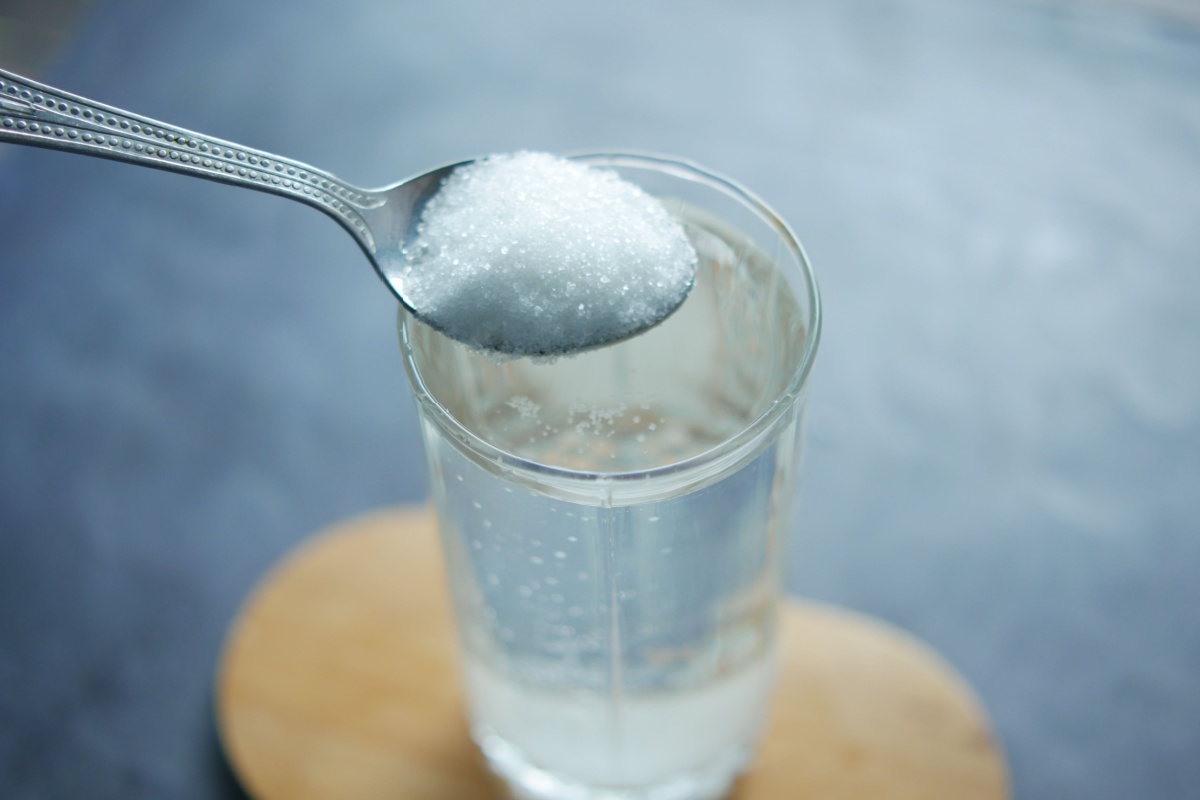Prolotherapy: Why Use It?
Injecting anything into damaged ligaments and tendons is likely to induce some response. Let’s look at prolotherapy, which many patients ask about.
Prolotherapy—i.e., an injection meant to alleviate pain and tighten tissues—fundamentally works by irritation. And irritation has a long history: The Egyptians used hot irons and Hippocrates hot pokers to treat shoulder dislocations.
In the early 1900s, dextrose (sugar solution) injections became a more “medical,” less agonizing way of stimulating a repair process in injured and loose ligaments and tendons. Even now, many non-MD practitioners use injections of sugar water-type compounds to treat loose ligaments, back pain, and even arthritis. It is unclear why prolotherapy continues to this day, except for the fact that the body does respond to stimuli and sugar water is inexpensive.
Tissues have a natural healing response to injury. Initial damage causes a release of blood, proteins, and cellular material outside of their normal containers, called the extracellular space. Swelling often occurs and signals are sent out to a variety of “first responders.” These include specialized cells called macrophages. These cells come to clean up the damaged tissue, while other versions of them initiate a repair process. The body’s stem cells, of which we all have billions even in old age, are recruited to the site of injury to direct the repair process. What we call inflammation (swelling, warmth, increased blood flow) gives way to a remodeling phase, where new collagen is laid down and healing occurs.
Sometimes the system goes wrong and the damaged tissue is left in place and degenerates. Common sites for this are tendinitis of the elbow (tennis and golf elbow) or the chronic pain of rotator cuff partial injury. Here the degenerated tissue must either be surgically excised or, better yet, stimulated to heal.
This is accomplished not with a sugar solution, but by an anabolic injection—usually platelet-rich plasma (PRP). PRP has many mechanisms of action, including stimulating the cells to produce more collagen, acting as an anti-inflammatory, recruiting the body's own stem cells, and reducing the formation of scar tissue. All of these are desirable natural responses not produced by prolotherapy.
Injections of cortisone sometimes take the pain away but do little to stimulate healing. This is because cortisone’s mechanism of action is to shut down cell metabolism. Worse, the cortisone weakens the tissues the doctor is trying to heal.
Massage therapy and soft tissue mobilization work, in part, by breaking up scar tissue, pushing out the excess fluid in the tissues, and stimulating the mechanoreceptors on the walls of cells, inducing them to lay down new healthy collagen.
Old therapies die slowly. New therapies sometimes don’t pan out. Intuition is a pretty good guide to the likelihood of something working. In general, being consistent with how nature heals an injury is likely to work, as it has millions of years of evolution on its side. So if you are going to get stuck with a needle, our preference is to augment your healing—not just irritate your wallet.
